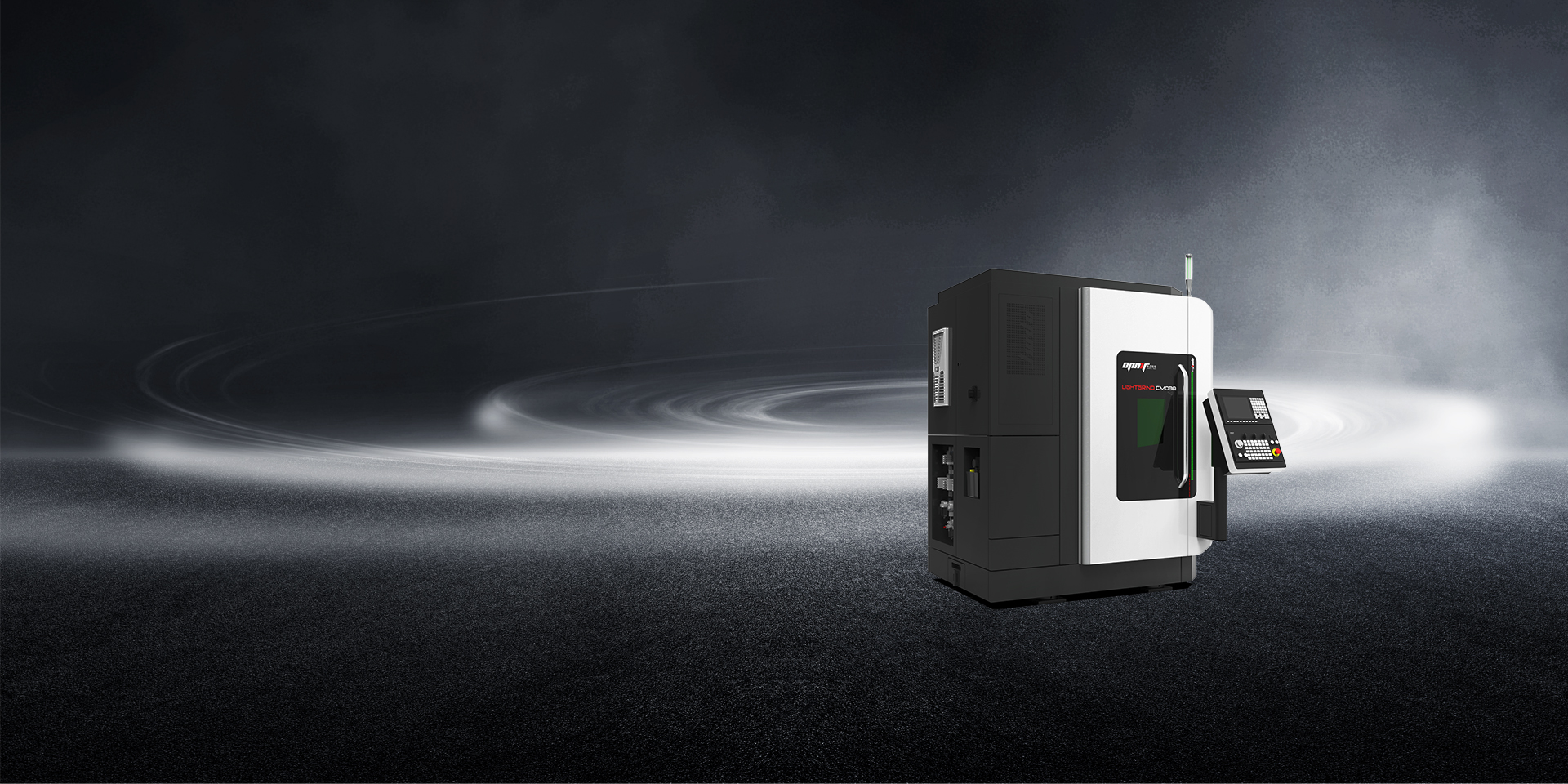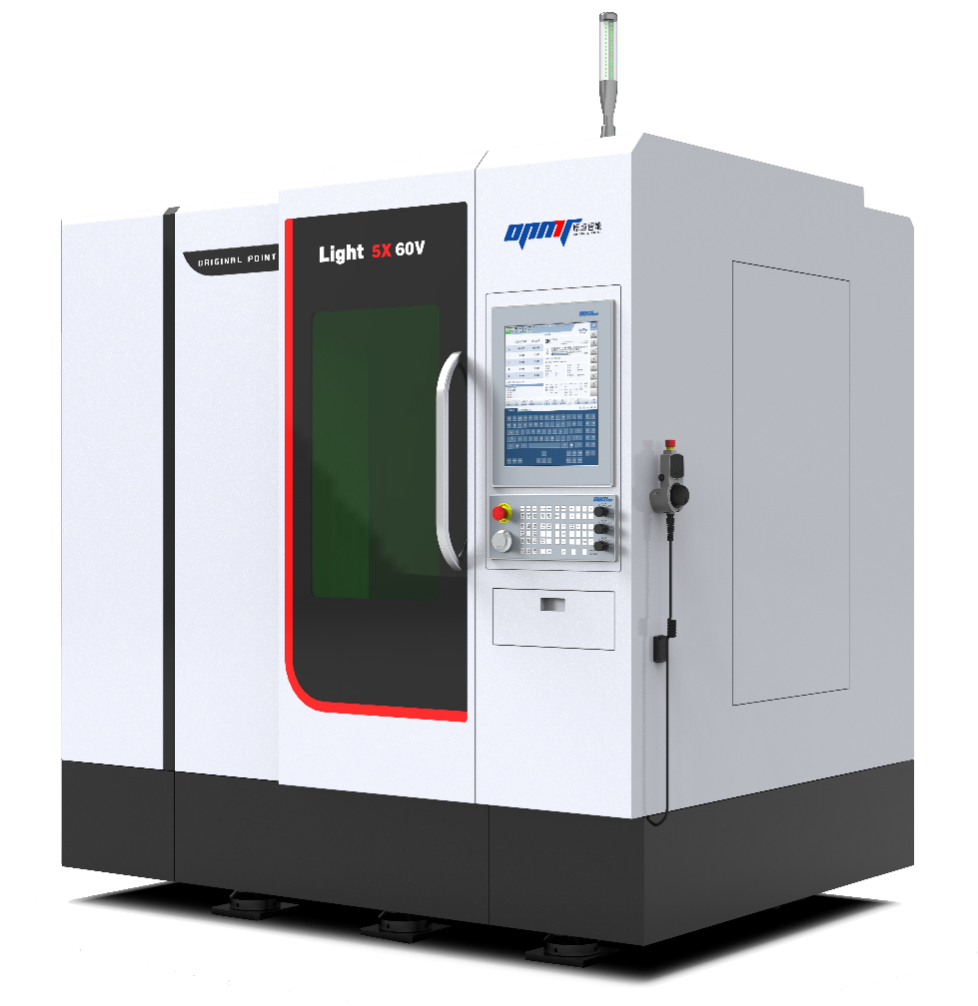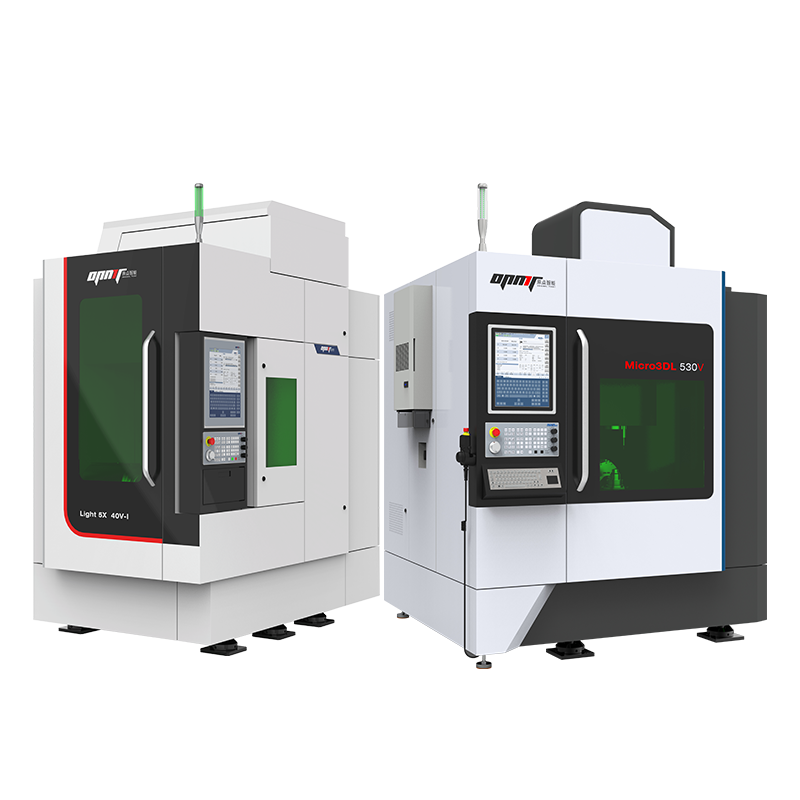Im Labor gezüchtete Diamanten haben die Herstellung durch zwei primäre Produktionsmethoden revolutioniert: Hochdruck-Hochtemperatur-Verfahren (HPHT) Und Chemische Gasphasenabscheidung (CVD)Diese Syntheseverfahren erzeugen Materialien mit identischen chemischen und physikalischen Eigenschaften wie natürliche Diamanten, jedoch durch grundlegend unterschiedliche technische Prozesse. Die unterschiedlichen Merkmale der einzelnen Produktionsmethoden wirken sich direkt auf die Anforderungen der nachfolgenden Verarbeitung aus, insbesondere wenn für industrielle Anwendungen eine präzise Laserbearbeitung erforderlich ist.
HPHT-Diamanten werden durch Simulation der natürlichen Diamantentstehungsumgebung hergestellt. Dabei wird Kohlenstoff in Gegenwart von Metallkatalysatoren extremem Druck (über 5 GPa) und hohen Temperaturen (1.300–1.600 °C) ausgesetzt. CVD-Diamanten hingegen entstehen durch gasförmige Kohlenstoffabscheidung in kontrollierten Vakuumkammern bei moderaten Temperaturen (800–1.200 °C) und deutlich niedrigeren Drücken. Diese grundlegenden Unterschiede führen zu einzigartigen Materialeigenschaften, die spezielle Verarbeitungslösungen erfordern.
Diamantstruktur und Materialeigenschaften: HPHT vs. CVD
Die Verarbeitungsanforderungen für im Labor gezüchtete Diamanten werden direkt durch ihre strukturellen und physikalischen Eigenschaften bestimmt, die zwischen HPHT- und CVD-Sorten erheblich variieren:
| Eigentum | HPHT-Diamanten | CVD-Diamanten | Auswirkungen auf die Verarbeitung |
|---|---|---|---|
| Kristallstruktur | Kubischer Kristall mit weniger Versetzungen | Säulenförmiges Wachstumsmuster | Unterschiedliche Schnittstrategien erforderlich |
| Interne Einschlüsse | Metallkatalysatoreinschlüsse häufig | Wachstumsbedingte Oberflächenunregelmäßigkeiten | HPHT erfordert eine einschlusssensitive Verarbeitung |
| Leitfähigkeit | Variabel (Metalleinschlüsse wirken sich aus) | Sehr gut kontrollierbar | CVD erfordert nichtleitende Verarbeitungsmethoden |
| Wachstumsgrößenbeschränkungen | Typischerweise kleinere Kristalle | Größere Einkristallplatten möglich | Unterschiedliche Vorrichtungsanforderungen |
Diese Materialunterschiede stellen besondere Herausforderungen bei der Bearbeitung dar, die mit herkömmlichen Bearbeitungsverfahren nicht ausreichend bewältigt werden können. Während HPHT-Diamanten häufig metallische Einschlüsse enthalten, die eine elektroerosive Bearbeitung (EDM) ermöglichen, weisen CVD-Diamanten häufig nichtleitende Eigenschaften auf, die herkömmliche EDM-Verfahren unwirksam machen.
Technische Herausforderungen bei der Diamantverarbeitung
Die außergewöhnliche Härte von Diamantmaterialien (ca. 90 GPa) stellt erhebliche Herausforderungen bei der Bearbeitung dar, die mit herkömmlichen Bearbeitungsverfahren nicht bewältigt werden können. Laut der technischen Dokumentation von OPMT Laser stoßen herkömmliche Bearbeitungsmethoden auf mehrere kritische Einschränkungen:
- Einschränkungen herkömmlicher EDM-Technik: Bei der Verarbeitung von CVD oder monokristallinen Diamanten mit schlechter Leitfähigkeit kommt es zum Drahtsprung und die Bearbeitung kann nicht fortgesetzt werden
- Probleme mit der Kantenqualität: Traditionelle Methoden führen oft zu Spänen und Rissen an den Schnittkanten, was die Kosten und die Bearbeitungszeit erheblich erhöht
- Geometrische Einschränkungen: Komplexe Konturen und spezielle Profile sind mit herkömmlichen Methoden nur schwer zu erreichen
- Umweltbelange: Traditionelle Verarbeitung erfordert typischerweise Schneidflüssigkeiten, die Abfall erzeugen
Diese Einschränkungen werden besonders problematisch bei der Verarbeitung von Diamantkomponenten für Präzisionsanwendungen in der Automobil-, 3C-Elektronik- und Luft- und Raumfahrtindustrie, wo eine Genauigkeit im Mikrometerbereich unerlässlich ist.
Fortschrittliche Diamantverarbeitungslösungen von OPMT Laser
OPMT Laser hat spezielle Laserbearbeitungssysteme entwickelt, die speziell auf die besonderen Herausforderungen von HPHT- und CVD-Diamantmaterialien zugeschnitten sind. Diese Systeme nutzen fortschrittliche Lasertechnologien und ermöglichen Präzisionsbearbeitungen, die mit herkömmlichen Methoden nicht möglich wären.
DiaCUT L315V: Spezialisierte CVD-Diamantverarbeitung

Der DiaCUT L315V CVD-Laser-Diamant-Oberflächenschleifmaschine stellt die Speziallösung von OPMT für die CVD-Diamantbearbeitung dar. Dieses System ist speziell auf die besonderen Anforderungen der CVD-Diamantoberflächenbearbeitung ausgelegt:
- Wellenlängenoptimierung: 532-nm-Laser, speziell abgestimmt auf CVD-Diamantmaterial
- Positioniergenauigkeit: ±0,01 mm mit einer Wiederholungspositionierungsgenauigkeit von ±0,002 mm
- Reiseparameter: 300 mm (X-Achse), 100 mm (Y-Achse), 100 mm (Z-Achse)
- Präzisionsschleiffähigkeit: Erzielt die für elektronische und optische Anwendungen erforderliche Oberflächengüte
Die Marmorbettkonstruktion der Maschine sorgt für die thermische Stabilität, die für die Aufrechterhaltung der Maßgenauigkeit bei der Verarbeitung temperaturempfindlicher CVD-Diamantmaterialien unerlässlich ist.
Lösungen zur Multimaterialverarbeitung

Für Anwendungen, die die Verarbeitung von HPHT- und CVD-Diamantmaterialien erfordern, bietet OPMT Laser vielseitige Systeme wie das Light 5X 60V vertikales 5-Achsen-LaserbearbeitungszentrumDieses System bietet:
- Fünf-Achsen-Simultansteuerung: Ermöglicht die Verarbeitung komplexer Geometrien, die für die Diamantbearbeitung unerlässlich sind
- Linearmotortechnologie: Alle drei Linearachsen nutzen Linearmotoren für schnelle dynamische Reaktion und hohe Präzision
- Positioniergenauigkeit: ±0,005 mm mit einer Wiederholgenauigkeit von ±0,003 mm
- Fortschrittliche CNC-Steuerung: NUM CNC-System mit RTCP-Funktion (Rotation Tool Center Point)
Diese Vielseitigkeit ermöglicht es Fertigungsfachleuten, verschiedene Diamantmaterialien zu verarbeiten, ohne die Ausrüstung wechseln zu müssen, was die Produktionseffizienz erheblich verbessert.
Vergleichsanalyse: Laserbearbeitung vs. konventionelle Methoden
Die technische Dokumentation von OPMT Laser zeigt wesentliche Vorteile der laserbasierten Diamantbearbeitung gegenüber herkömmlichen Methoden:
| Verarbeitungsaspekt | Traditionelles EDM | OPMT Laser Solutions | Vorteil |
|---|---|---|---|
| Verarbeitungsgeschwindigkeit | Basislinie | 200× schneller | Deutlich verbesserter Durchsatz |
| Kantenqualität | Absplitterungen und Risse sind üblich | Saubere Kanten ohne Ausbrüche | Überlegene Komponentenintegrität |
| Nichtleitende Materialien | Kann nicht effektiv verarbeitet werden | Verarbeitet alle Diamantarten | Vollständige Materialflexibilität |
| Umweltauswirkungen | Erfordert Schneidflüssigkeiten | Keine Schneidflüssigkeit erforderlich | Umweltfreundlich |
| Betriebskosten | Höherer Stromverbrauch (4,5 kWh/h) | Geringerer Stromverbrauch (2,5 kWh/h) | 44% Energieeinsparungen |
| Flächenbedarf | 10m² | 6m² | 40% Platzreduzierung |
| Monatliche Betriebskosten | 4.190 Yuan | 1.956 Yuan | 53% Kostensenkung |
Diese Vorteile machen die Laserbearbeitung zur bevorzugten Technologie für hochpräzise Diamantanwendungen in zahlreichen Branchen.
Branchenspezifische Anwendungen
Automobilindustrie
Im Automobilsektor sind Diamantschneidwerkzeuge aus HPHT- und CVD-Werkstoffen für die Präzisionsbearbeitung kritischer Komponenten unerlässlich. Die Licht 5X 60V Das System wird speziell für die Bearbeitung von PCD-, CBN-, Hartmetall- und Keramikwerkzeugen eingesetzt, die in der Fertigung verwendet werden:
- Motorkomponenten, die eine hervorragende Oberflächengüte erfordern
- Getriebeteile mit engen Toleranzen
- Bauteile des Bremssystems, die genaue Abmessungen erfordern
Die Fähigkeit, eine Bearbeitungsgenauigkeit von ±0,003 mm bei gleichbleibender Kantenqualität zu erreichen, verbessert die Werkzeuglebensdauer und die Komponentenleistung erheblich.
3C Elektronikindustrie
Die 3C-Industrie (Computer, Kommunikation, Unterhaltungselektronik) nutzt hauptsächlich CVD-Diamantkomponenten aufgrund ihrer überlegenen Wärmeleitfähigkeit und elektrischen Isolationseigenschaften. OPMTs Licht 5X 40V bietet spezielle Funktionen für:
- Veredelung von Handy- und Tablet-Hüllen
- Interne Fertigung von Präzisionskomponenten
- Elektronische Uhrenkomponenten, die eine Miniaturisierung erfordern
Die Fähigkeit des Systems, große gekrümmte Oberflächen und speziell geformte Konturen von PCD/PCBN/CVD-Werkzeugen zu verarbeiten, macht es besonders wertvoll für Anwendungen in der Elektronikfertigung.
Fortschrittliche Materialverarbeitung
Für Spitzenanwendungen in der Quanteninformatik, der fortschrittlichen Halbleiterfertigung und optischen Systemen bieten die Femtosekundenlasersysteme von OPMT beispiellose Präzision:
- Kaltablationsverfahren: Verhindert thermische Schäden in hitzeempfindlichen Bereichen
- Materialabtragsvermögen: Submikrometerpräzision unerlässlich für Quantenanwendungen
- Multimaterialverarbeitung: Verarbeitet sowohl leitfähige als auch nicht leitfähige Diamantsorten
Der LP550V Fünfachsige ultraschnelle Laser-Rotationsschneidemaschine Mit seiner Femtosekundenlaserfähigkeit und Fünf-Achsen-Präzisionssteuerung ist es speziell auf diese fortgeschrittenen Anwendungen ausgerichtet.
Technische Verarbeitungsparameter
Um optimale Ergebnisse bei der Bearbeitung von HPHT- und CVD-Diamanten zu erzielen, ist eine präzise Steuerung der Laserparameter erforderlich. OPMT-Systeme bieten umfassende Anpassungsmöglichkeiten für die diamantspezifische Bearbeitung:
- Impulseigenschaften:
- Nanosekundenimpulse (1-100 ns) für die allgemeine Diamantverarbeitung
- Pikosekunden- oder Femtosekundenpulse (≤400fs) für höchste Präzisionsanforderungen
- Vorschubgeschwindigkeiten:
- Schnittgeschwindigkeiten bis zu 20 m/min
- Eilganggeschwindigkeiten von bis zu 30 m/min für verbesserte Produktionseffizienz
- Optimierung der Kantenqualität:
- Passivierungswerte bis zu 0,0043 mm
- Profilgenauigkeit innerhalb von 0,006 mm
Diese Parameter werden durch die speziellen Softwareschnittstellen von OPMT optimiert, die diamantspezifische Bearbeitungsparameter integrieren, um eine gleichbleibende Qualität über alle Produktionsläufe hinweg sicherzustellen.
Zukünftige Richtungen in der Diamantverarbeitungstechnologie
Die Integration künstlicher Intelligenz und maschineller Lernalgorithmen verändert die Diamantverarbeitung. Die fortschrittlichen Systeme von OPMT Laser umfassen jetzt:
- Echtzeit-Parameteroptimierung basierend auf Materialeigenschaften
- Multisensor-Feedback zur Aufrechterhaltung einer gleichbleibenden Verarbeitungsqualität
- Erweiterte Simulationsfunktionen die Ergebnisse vorhersagen, bevor sie gekürzt werden
Diese technologischen Fortschritte erweitern die Anwendungsmöglichkeiten für präzisionsverarbeitete, im Labor gezüchtete Diamanten auf bisher unerreichbare Bereiche, darunter Quantencomputer, fortschrittliche medizinische Implantate und Leistungselektronik der nächsten Generation.
Abschluss
Die technischen Unterschiede zwischen HPHT- und CVD-Diamantherstellungsverfahren führen zu einzigartigen Materialien mit unterschiedlichen Verarbeitungsanforderungen. Die fortschrittlichen Bearbeitungssysteme von OPMT Laser bewältigen diese Herausforderungen durch spezielle Lasertechnologien, die die Grenzen konventioneller Bearbeitungsverfahren überwinden. Dank höchster Genauigkeit, Kantenqualität und Verarbeitungsflexibilität ermöglichen diese Systeme Fertigungsexperten, die außergewöhnlichen Eigenschaften von HPHT- und CVD-Diamanten in der Automobil-, Elektronik- und Spitzentechnologiebranche voll auszuschöpfen.
Die drastischen Verbesserungen der Bearbeitungseffizienz – 200-mal schnellere Bearbeitungsgeschwindigkeiten und 53% geringere Betriebskosten im Vergleich zu herkömmlichen Verfahren – machen die fortschrittliche Laserbearbeitung für Unternehmen, die mit diamantbasierten Technologien Wettbewerbsvorteile erzielen möchten, unverzichtbar. Da Diamantanwendungen immer neue Bereiche erschließen, stellt OPMT Lasers kontinuierliche Innovation in der Femtosekundenlasertechnologie und bei mehrachsigen Bearbeitungssystemen sicher, dass Fertigungsexperten Zugriff auf die notwendigen Werkzeuge haben, um das volle Potenzial dieser außergewöhnlichen Materialien auszuschöpfen.
Haftungsausschluss
Dieser Inhalt wurde von OPMT Laser auf Grundlage öffentlich verfügbarer Informationen zusammengestellt und dient ausschließlich zu Referenzzwecken. Die Erwähnung von Marken und Produkten Dritter dient dem objektiven Vergleich und stellt keine kommerzielle Verbindung oder Billigung dar.



